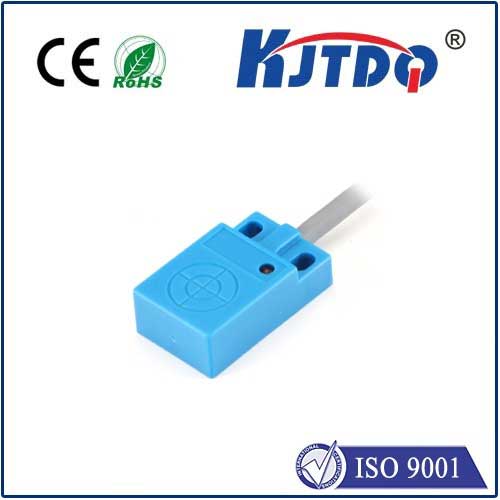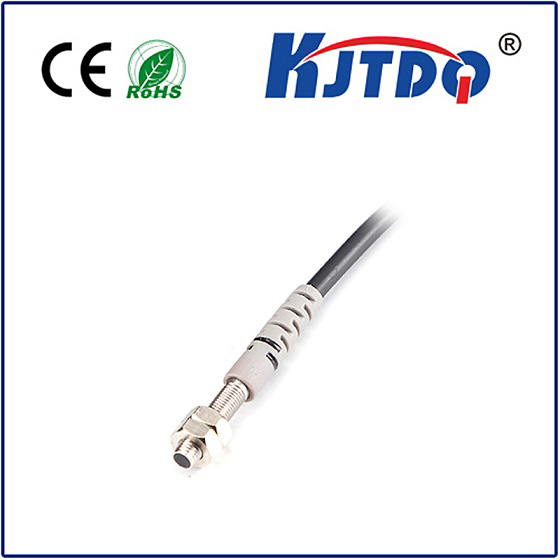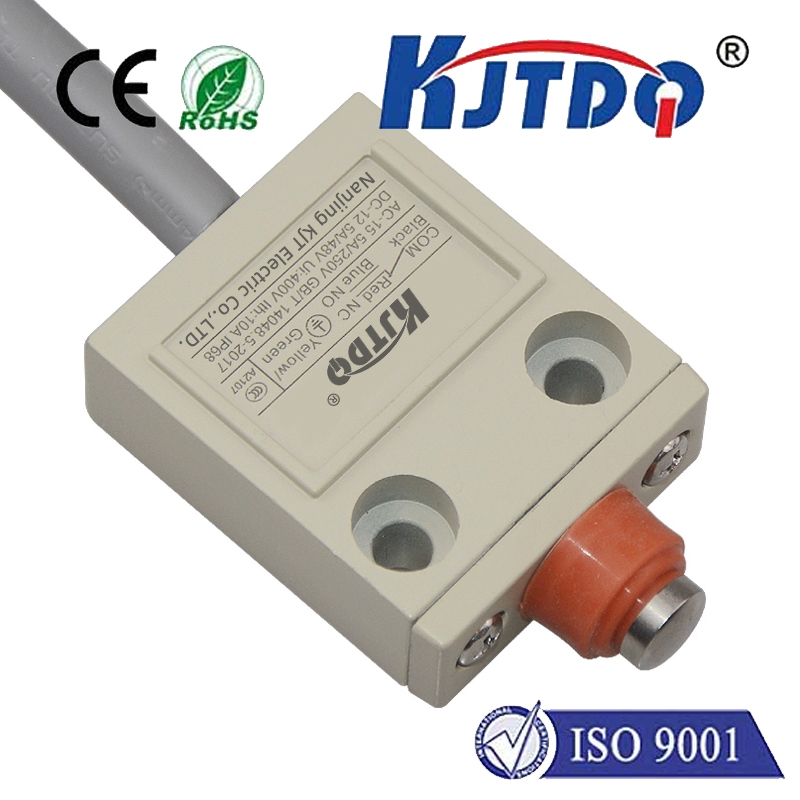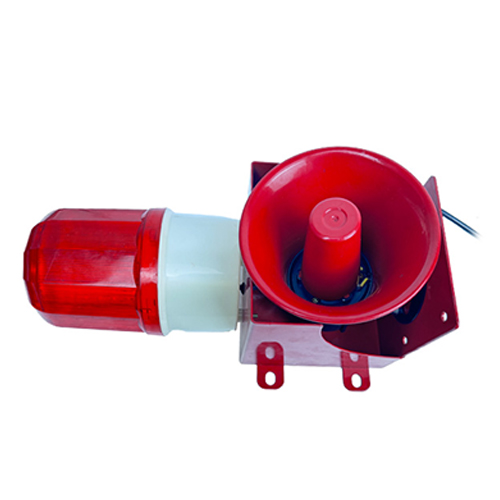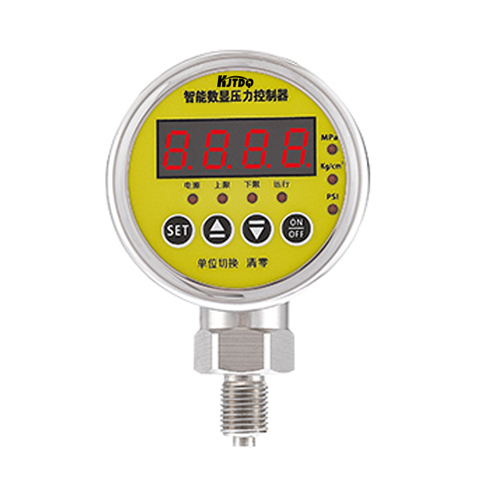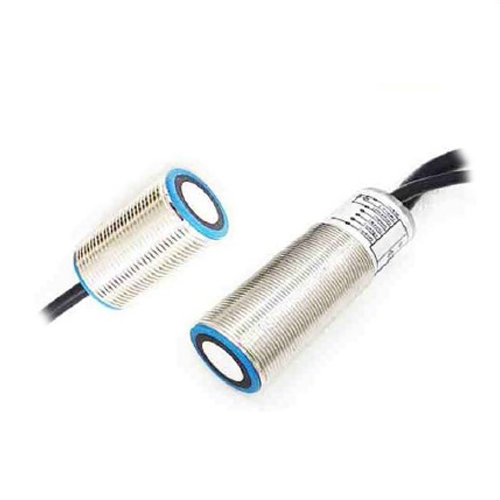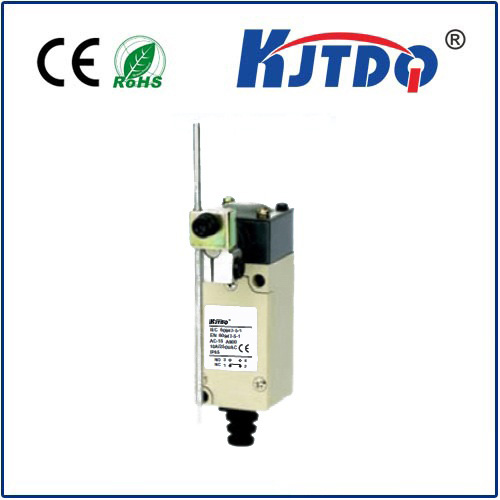Водонепроницаемый ограничитель
- time:2025-08-04 10:04:43
- Нажмите:0
Unlocking Reliability: The Critical Role of Waterproof Limit Switches in Demanding Environments
Picture this: a high-pressure washdown in a food processing plant. Steam fills the air, and jets of water scour every surface. On a critical conveyor line, a standard limit switch, designed merely for dust protection, succumbs to the relentless moisture. It malfunctions, triggering a false stop signal. Production grinds to a halt. Minutes turn to hours as technicians scramble, costing thousands in lost productivity and potential spoilage. This all-too-common scenario highlights a vulnerability easily addressed by a seemingly simple component: the Водонепроницаемый ограничитель. Far more than just a switch, it’s a shield against environmental chaos, ensuring operational continuity where lesser components fail.
What Exactly is a Waterproof Limit Switch?
At its core, a limit switch is an electro-mechanical device designed to detect the presence or absence, passing, positioning, or end of travel of an object. It physically interacts with a target (like a machine part or product) and sends an electrical signal to a control system. This signal is fundamental for automation, safety interlocks, sequencing, and position feedback.
The “waterproof” designation elevates this basic function. It signifies the switch is engineered with enhanced sealing mechanisms and robust materials to prevent ingress of water, dust, oils, chemicals, and other contaminants. This isn’t about merely resisting a splash; it’s about reliably functioning in environments where exposure to liquids is frequent, intense, or even constant. Think industrial washdowns, outdoor machinery, marine applications, chemical processing, wastewater treatment, and food & beverage production.
Where Waterproofing is Non-Negotiable
The need for waterproof sealing becomes paramount in numerous industries and applications:

- Harsh Washdown Environments: Industries like food and beverage processing and pharmaceutical manufacturing demand stringent hygiene. Equipment undergoes rigorous, high-pressure, high-temperature cleaning cycles using caustic chemicals. Standard switches simply cannot survive this. Waterproof limit switches are essential for maintaining sanitation protocols without sacrificing sensor reliability.
- Outdoor & Marine Applications: Equipment exposed to the elements – rain, snow, sleet, salt spray, humidity – requires protection. This includes construction machinery, agricultural equipment, cargo handling systems at ports, and onboard ships. Corrosion resistance is often coupled with waterproofing here.
- Chemical Processing & Wastewater Management: Exposure to corrosive liquids, solvents, and aggressive washdowns is routine. Switches here need to resist chemical attack while maintaining their waterproof integrity.
- Material Handling in Humid/Dusty Conditions: Mills, mines, and bulk material handling facilities often combine dust, moisture, and vibration. Waterproof switches prevent internal contamination that leads to premature failure.
- Cooling Systems & Water Treatment Plants: Direct exposure to water or operation in constantly humid environments necessitates specialized sealing.
Decoding the Shield: IP Ratings Demystified
How do you quantify waterproof protection? This is where the Ingress Protection (IP) rating system (defined by international standard IEC 60529) becomes critical. It provides a clear, standardized code indicating the level of protection against solids and liquids.
For waterproof limit switches, focus on the second digit of the IP code:
- IP65: Protected against low-pressure water jets from any direction. Offers very good protection against washdowns. A common reliable standard.
- IP66: Protected against powerful water jets. Suitable for more severe washdown environments.
- IP67: Protected against immersion in water up to 1 meter deep for 30 minutes. Ideal for applications where temporary submersion is possible.
- IP68: Protected against continuous submersion under more severe conditions as specified by the manufacturer (e.g., depth and duration). Essential for permanently submerged applications.
- IP69K: Protected against high-pressure, high-temperature washdowns (specifically close-range, high-pressure, high-temperature spraying). The gold standard for extremely harsh cleaning environments, common in food processing.
Selecting a switch with the appropriate IP rating for the specific environmental challenge is paramount. Never assume “waterproof” means suitable for all wet conditions. Always verify the IP code.
Engineering the Defense: How Waterproofing is Achieved
Achieving reliable waterproof sealing involves meticulous design and material selection:
- Precision Seals: Multiple high-quality elastomer seals (like nitrile, silicone, Viton®, or EPDM) are strategically placed at critical junctions – actuator shaft, conduit entries, housing seams. These create physical barriers against liquid ingress.
- Robust Housing: Materials like stainless steel (often 316-grade for superior corrosion resistance) or durable, high-impact engineering thermoplastics form the outer shell, resisting impact, corrosion, and chemical exposure. The housing design often features smooth, sloped surfaces to shed water and prevent pooling.
- Hermetic Sealing: For the highest protection levels (IP67/IP68/IP69K), critical internal components or the entire switch mechanism may be hermetically sealed within a chamber, often using epoxy resins or specialized welding techniques.
- Sealed Actuators: The actuator (lever, roller, plunger) must integrate seamlessly with the sealing system, allowing movement without compromising the barrier. Spring-loaded designs or specialized bellows seals are common.
- Secure Conduit/Cable Entries: Special glands or compression fittings ensure a watertight seal where the electrical conduit or cable enters the switch housing. M12 or M8 threaded connectors are popular for their reliability.
The Tangible Benefits: Beyond Avoiding Failure
Investing in waterproof limit switches delivers significant, measurable advantages:
- Enhanced Reliability & Uptime: The primary benefit. Reduces unexpected failures caused by moisture, chemical, or dust ingress, leading to consistent machine operation and vastly reduced unplanned downtime.
- Extended Service Life: Protection from harsh elements significantly extends the switch’s lifespan compared to standard models, providing better return on investment (ROI) and lower total cost of ownership. Durability pays off.
- Повышение безопасности: Reliable operation in wet or hazardous environments (e.g., preventing accidental restarts during cleaning) directly contributes to a safer workplace. Safety interlocks must function correctly.
- Reduced Maintenance Costs: Less frequent replacements and the need for troubleshooting translate directly into lower maintenance expenses and labor hours.
- Operational Flexibility: Enables automation and precise control in environments where it was previously difficult or risky to deploy electrical components.
- Compliance: Meets stringent hygiene (e.g., FDA, EHEDG) and safety standards required in industries like food processing and pharmaceuticals.
Selecting the Right Waterproof Champion
Choosing isn’t just about the highest IP rating. Consider these factors:
- Environment: Identify the specific contaminants (water pressure/temp, chemicals, dust types, temperature extremes, UV exposure). Match the IP rating and material to the threat.
- Duty Cycle & Electrical Requirements: Ensure the switch can handle the expected actuation frequency and meets the voltage/current requirements of your control system.
- Actuator Style: Select the appropriate actuator (roller lever, plunger, wobble stick, fork lever) based on the target and required operating force. Ensure its movement doesn’t compromise the seal.
- Mounting Configuration: Consider how and where the switch will be physically installed on the machine.
- Material Compatibility: Stainless steel is ideal for corrosive or washdown environments. Ensure seals are compatible with cleaning chemicals used.
- Certifications: Look for relevant industry certifications (e.g., UL, CSA, ATEX for hazardous areas if needed) as required.
Conclusion: An Investment in Resilience
In the relentless

